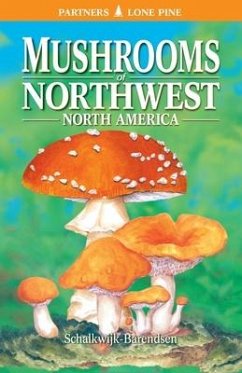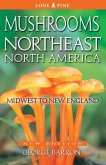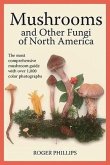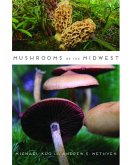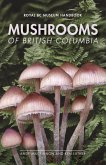This book is the first comprehensive field guide to the mushrooms of the Northwest - that region which covers the area from Alaska to northern California and from Saskatchewan and Montana to the Pacific Coast. A total of 550 species are meticulously illustrated and dealt with in the text. With accurate scientific information and superb illustrations, this book appeals to readers who are scientifically or artistically inclined. The classification overview and keys to color illustrations simplify identification. Each species description includes thorough information on habitat, distribution, identifying characteristics, edibility and the poisonous look-alike species. Written in everyday language, the book is an accessible reference for both the professional mycologist and the amateur naturalist.

